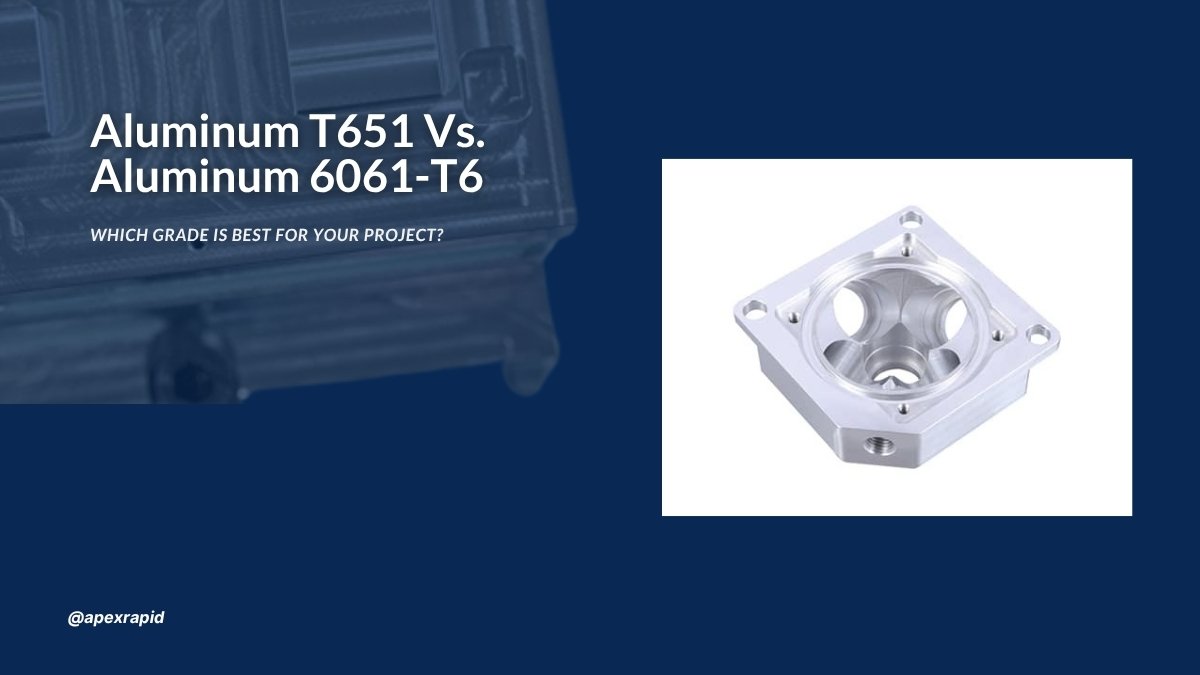
Material selection is imperative for desired outcomes in a machining project. However, it’s not as simple, it appears. It’s actually a daunting task to identify and figure out the right material of choice. Because a minor variance can affect machining efficiency and production cost. Besides, a slight differences in grades of aluminum alter how your project is performed. You can say, the difference between profit and waste usually starts here. The two most prominently used aluminum alloys in machining diverse products are Aluminum 6061-T6 vs T651.
In terms of reliability, the 6061 alloy of aluminum is distinguished between all kinds of aluminum alloys. It is commonly used in aerospace, mold bases, and precision tooling. Not all 6061 aluminum, however, acts equally under stress. That is where the difference between T6 and T651 matters.
T6 and T651 appear identical a first glance. However, the internal stress treatment makes these alloy sets apart from each other. These differences influence machining, forming, and the general performance of parts. This can result in distortion, rework, or cost overruns if ignored.
This comparison guide helps you pick the right temper. After reading the article, you will be able to learn how to minimize distortion and optimize cutting.
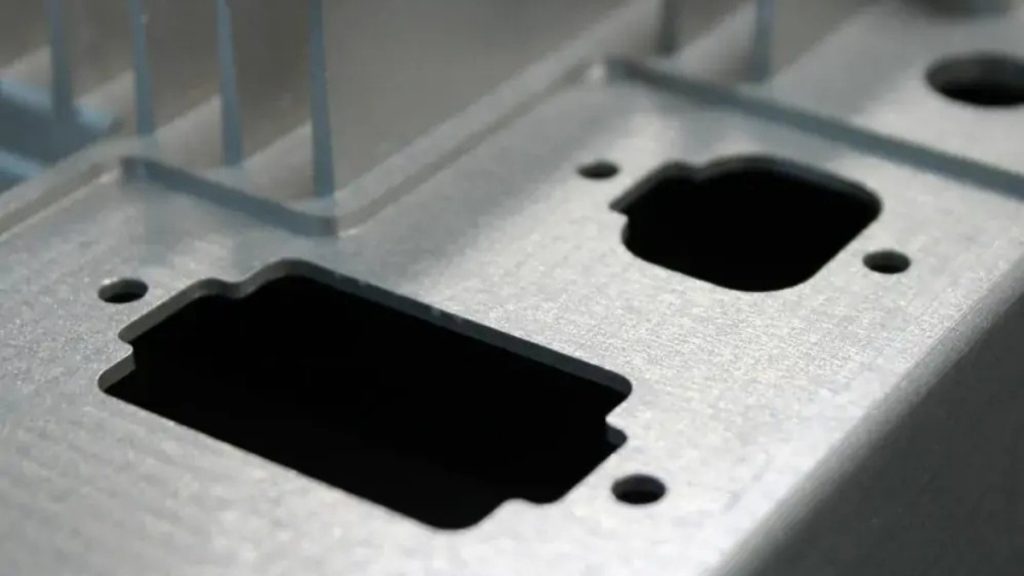
Aluminum 6061-T651
Aluminum 6061 is the alloy designation. It is made by combining aluminum, magnesium, and silicon. This integration makes it strong in resisting corrosion. What is the distinctive feature of this alloy? It's flexible, highly strong, weightless, and easy to work with.
If T6 is employed to characterize the alloy, then it has undergone solution heat treatment and artificial aging. These treatment strengthens and hardens the material.
In comparison, T651 is a further step beyond T6. The alloy undergoes a process meant to minimize internal stresses during T6 treatment. When it going through a stretching process, the thing sought is to remove the internal stresses due to heat treatment. T651 refers to the alloy stretching after the heat-treating process to eliminate internal stresses.
Below is a comprehensive overview of the key features of 6061-T651 that make it ideal for high-demand performance applications.
Aluminum 6061-T651 is extremely strong for vital components. It can withstand distortion under tension. Its tensile strength is 45,000 psi. So, it is notable for load-bearing and structural assemblies. Moreover, it is trusted by industries for aircraft frames, rail cars, and platforms. The strength allows designs to be compact but also powerful.
The yield strength provides support to remain stable under load. It has a yield strength of 35,000 psi. It can withstand pressure with no permanent deformation of shape or fatigue. Parts can retain structural alignment with the application of long cycles of stress. In dynamic load conditions, 6061-T651 performs optimally. Its stability provides continuity in performance in mechanical support structures.
6061-T651 provides a high strength-to-weight ratio at a density of 2.7 g/ cm³. It is lighter than steel. However, it’s still structurally fine. Its low-weight features increase performance and fuel efficiency in the automotive and transportation sectors. Airplanes and automobiles gain weightless features for structural components. Lightweight builds increase control, efficiency of operation, and ease of installation.
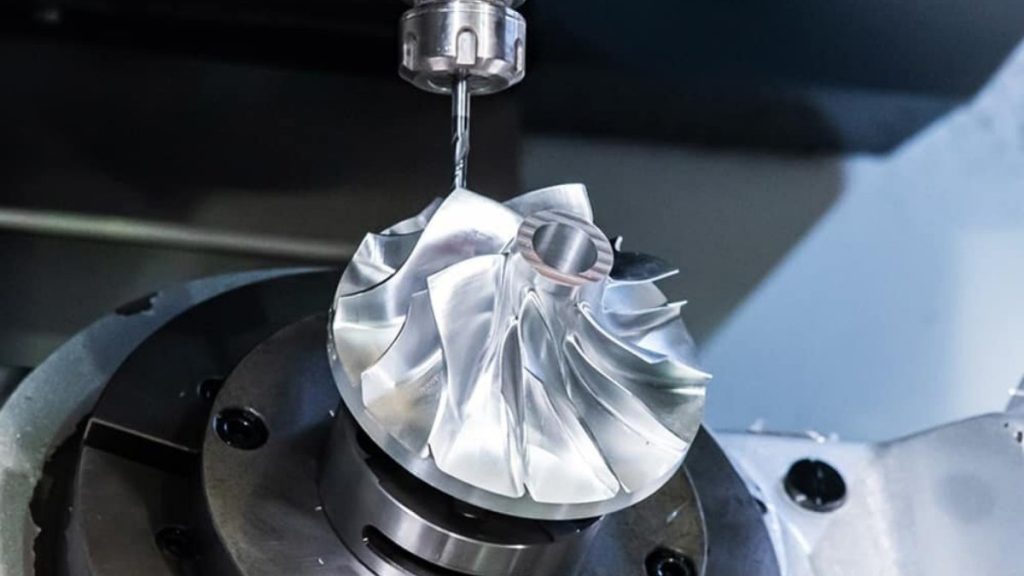
Aluminum 6061-T651 Machining
Aluminum 6061-T651 alloy is easily machined and holds close dimensional accuracy. It has a smooth surface finish due to a fine-grain structure. It’s relatively convenient to cut, shape, and drill without tool wear. Therefore, it is suitable for rapid prototyping and volume production of parts. Usually, manufacturers choose it for small-tolerance, high-output projects in CNC shops.
6061-T651 forms an oxide layer and resists corrosion when exposed to harsh conditions. This is a natural protection that prevents its exterior surface from water and chemicals.
So, it has no or minimal threat to be used in the marine and outdoor surroundings. The material is impervious to salt, humidity, and industrial atmospheric conditions. Thus, the parts or components remain reliable without extensive protective coatings.
Anodized 6061-T651 gives improved surface protection and aesthetics. It forms a consistent layer of oxide on surfaces. It allows for custom finishes from matte to high gloss. Applications with exposed surfaces acquire further styling and resilience. Anodizing protects surfaces from wear while promoting visual appearance in products.
6061-T651 is resistant to fatigue for its vibration or cyclical loading. It has integrity when it is used in repetitive motion applications. Equipment frames, suspension mounts, and machine arms benefit from aluminum 6061-T651. It can deal with stress without undergoing cracks, or distortions. So, its use is common where motion must sustain performance.
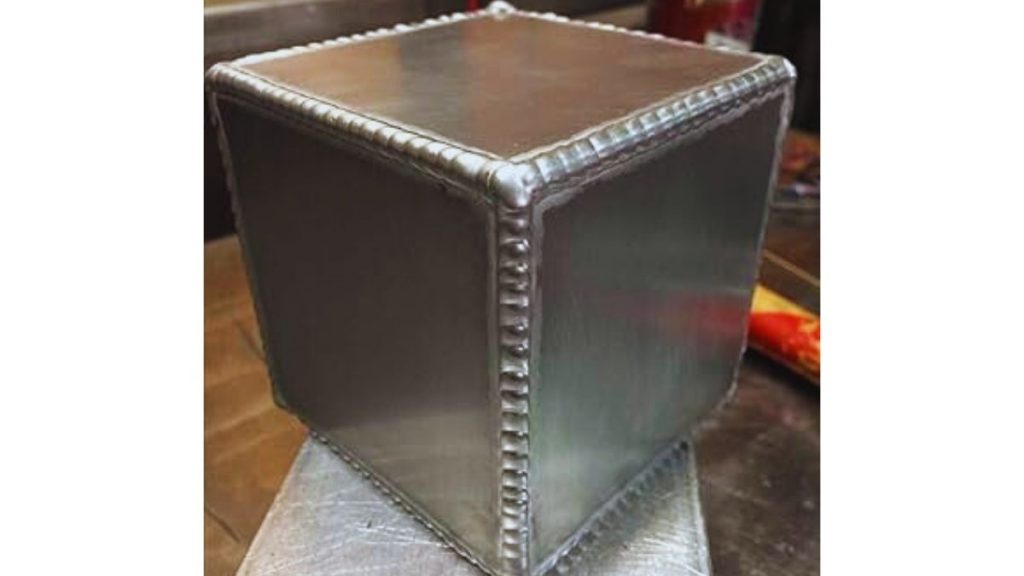
Aluminum 6061 T651 Welding
6061-T651 can handle TIG and MIG welding processes with relative ease. However, welds need post-processing heat treatment to gain hardness. The assembly restores full structural strength after heat treatment. It gives the alloy a perfect fit for custom and modular assemblies. You can integrate parts without compromising long-term performance.
The alloy has high thermal conductivity which ranges around 170–180 W/m·K. It is appropriate for heat sinks, housings, and cooling plates. It’s good flow of heat prevents electronic and mechanical systems from overheating. In automotive and LED systems, it increases thermal stability. It prolongs equipment lifespan by controlling operating temperatures.
This aluminum alloy can be stretched up to 12% before rupturing. It deflects under load, without cracking, and failure. This functionality makes it optimum choice for brackets, and mounts. You can expect better resistance to impact and vibrations. Fluid deformations assist parts to withstand severe mechanical environments.
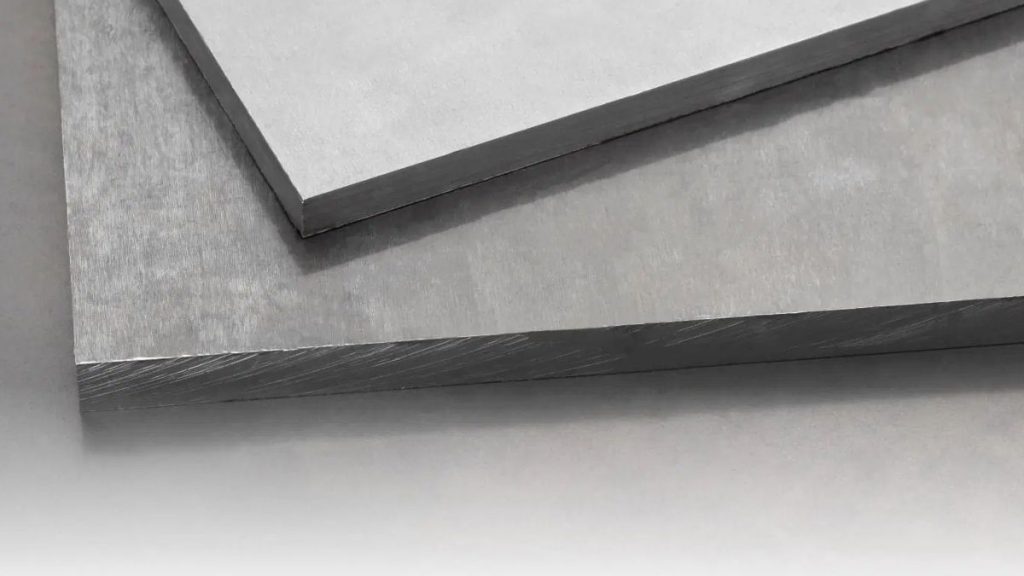
Anodized Aluminum T651
6061-T651 aluminum can be coated with paint and powder finishes. These coatings improve surface wear protection. You can apply anodized layers for color and texture. Finished components provide excellent performance and high-end aesthetics.
6061-T651 is generally available in various stock forms. It is commonly found in sheets, rods, and extrusions in a short time. It is budget-friendly for budget-minded engineering builds. You receive high-end performance without adding more cost of production materials. The manufacturers gain from low costs and reliable outcomes.
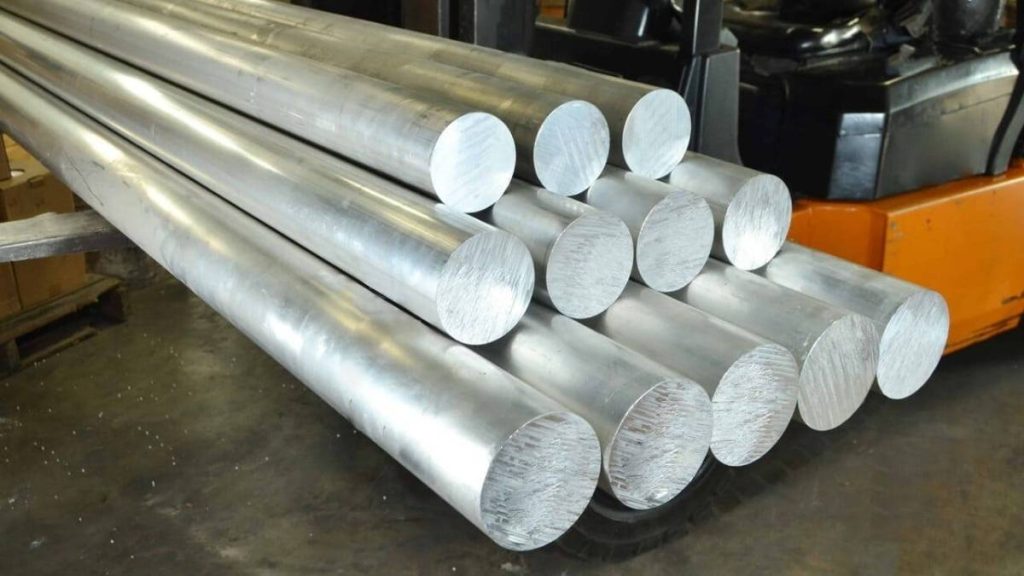
Aluminum 6061-T6
Aluminum 6061-T6 grade provides excellent performance. It is suitable for tough jobs. It is unique, as it combines strong capability and machining ease. Due to these unique features, it is commonly utilized by manufacturers in aircraft, machines, and structural parts.
Aluminum 6061-T6 combines aluminum with magnesium and silica to obtain stability. Later on, the alloy is treated with heat to make it tough.
The inclusion of heat and artificial aging in this alloy is represented by the “T6” designation. Energy treatment increases its yield strength to approximately 35,000 psi. Its strength makes it perfect for heavy applications and precisely engineered parts.
Moreover, aluminum 6061-T6 is easier to weld, likewise 6061-T651. Its cutting is fast, and polishing makes it shine. Numbers don’t tell the whole story; let us see its performance in practical situations. This alloy encompasses excellent toughness and crack resistance as well, and is applicable in such broad application areas as aircraft structures and rapid jigs.
In addition, this alloy does not warping. But keep in mind that: heating the material may result in internal stress. If you have deep cuts or a wide cut, then this stress can lead to severe problems.
For this reason, you have to choose between T6 and T651. One retains its strength, while the other possesses dimensional stability.
Let’s take a precise look at aluminum 6061-T6 properties.
6061-T6 aluminum has a tensile strength of 45,000 psi. It opposes pulling forces without cracking and permanent deformation. With 35,000 psi yield strength, it holds shape when strained. These characteristics are significant for safety under the critical load conditions.
This alloy is suitable for transport and aerospace applications. Shifting forces and vibrations needs structure with flexibility. 6061-T6 offers the adequate strength to rigidity. It is normally used in frames, mounts, or brackets.
Its mechanical balance guarantees long-term part reliability. You construct equipment that can work under pressure without distortion. That is why 6061-T6 is still a trusted structural solution.
At 2.7 g/cm³, 6061-T6 is predominantly light. It increases strength without adding weight. This is important for flight stability and vehicle performance.
Lighter frames in aerospace translate to less fuel consumption. Automotive systems have reduced strain on joints and suspension. Robotics gain from more rapid, more fluid motion because of a decrease in mass.
The lighter material does not compromise performance or reliability. It allows for efficient builds, which are small and can still withstand real-world stress. Saving each gram helps to make the machines faster, stronger, and smarter.
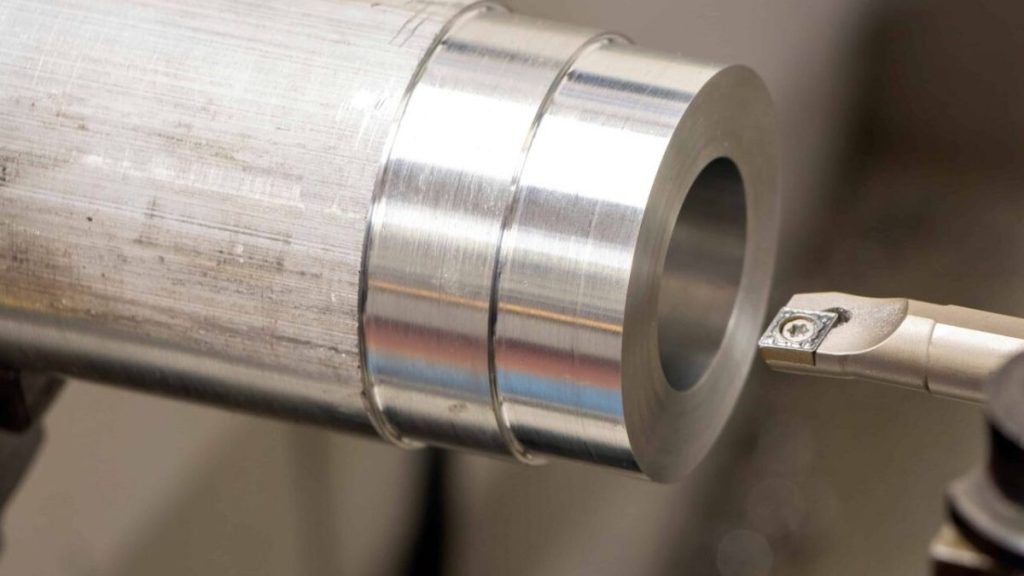
Aluminum 6061-T6 Machining
6061-T6 is highly machinable, which is comparable to many brass grades. It provides for faster cutting, tight tolerances, and minimal tool wear. Chips pack smoothly, allowing for smooth clearing during machining cycles.
The stable cutting surfaces are smoothly covered by flow of the coolants. That extends tooling life and keeps your tolerances tight. Either CNC, or manual, you get precision with no significant setbacks.
Each second that is saved brings down cost and increases productivity. This alloy is consistent under high-speed conditions. It provides you with repeatable clean results with less downtime or rework.
6061-T6 is inherently capable of creating a corrosion-resistant oxide layer. This layer prevents harm from air, moisture, and salt. It’s perfect for marine gear, outdoor components, or trailer frames.
As compared to carbon steel, it requires no additional coating. That saves material preparation time and long-term maintenance. It maintains its integrity even in coastal or rainy belts.
Use it where conditions are hard and exposure is everyday. It will not rust, pit or weaken with time. That means fewer repairs and longer overall service life.
This alloy has a thermal conductivity of 170–180 W/m·K. Therefore, it is suitable for battery housings and heatsinks. Thermal control is seamless, large and small surfaces.
Hot spots on metals lead to warping or structural problem. 6061-T6 distributes heat evenly to prevent stress build-up. This maintains parts reliable with continual load or high RPM.
Examples are automation frames, electric system, and engine bay. High rate of heat transfer means more uptime and longer wear. Your systems are cooler and last much longer.

6061-T6 TIG Stitch Welding
6061-T6 is suitable for both TIG and MIG welding. Nevertheless, the strength in the vicinity of the joint area is affected by welding. By itself, that zone can lose up to 50% strength without treatment.
Post-weld heat treatments recover the initial hardness and form. Structural strength is further enhanced by reinforcing with bolts or rivets. On larger weld jobs, T651 is generally more suitable.
Nevertheless, such clean, strong welds are attainable with the right technique. You sustain performance and cater to custom fabrication needs. It is economical for frames, panels, and load support units.
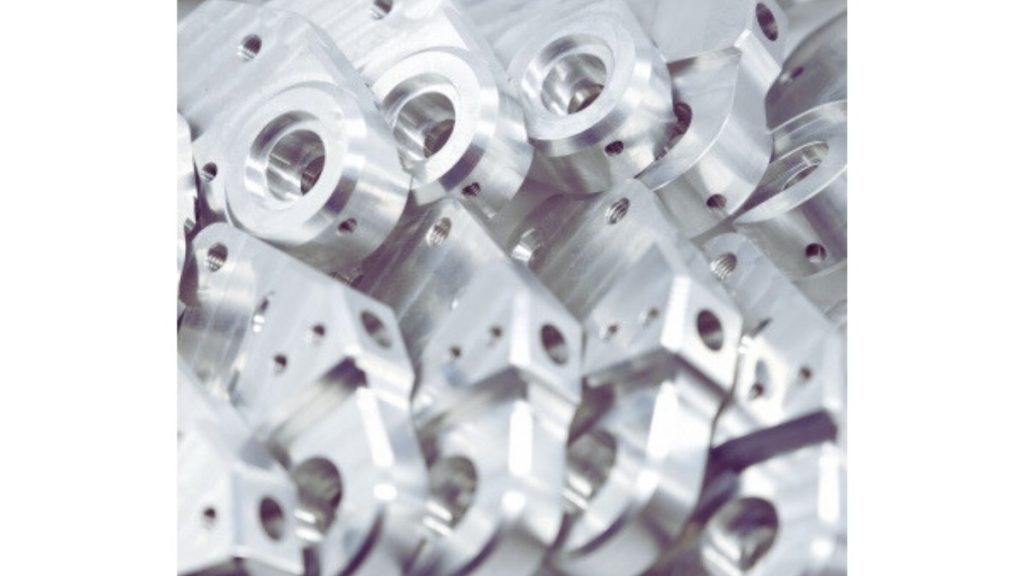
Anodized aluminum 6061-T6 Parts
Likewise, 6061-T65, aluminum 6061-T6, can also be anodized. It provides a low-prep, durable, glossy finish. It is an excellent choice for visible portions. A few common examples are panels or handles.
Similarly, the alloy also adheres to paint and powder coats well. These finishes do not flake through temperature swings. A stable base needs fewer additional touch-ups later on.
Whether it is for aesthetics or to provide extra corrosion protection, it does. 6061-T6 makes your parts shine and last longer. That makes it a good choice for style and function.
6061-T6 and 6061-T651 aluminum are both popular choices. These shares unique features like superior strength and low weight characteristics. Aluminum Alloy 6061-T6 performs well where high strength and endurance are called for. From the application point of view, 6061-T6 is abundant in the fields of aerospace and marine as a structural component. Its workability and formability allow its use for many different applications.
6061-T651, on the other hand, is adapted for components that may be welded and are capable of bearing repeated pressure. This alloy is subjected to stress relief treatments to maintain stability post-welding. It is mainly useful aerospace, and automotive parts. These sectors requires parts that maintain dimensional stability under high loads, and stress. So, here, aluminum 6061-T651 plays a significant role.
Overall, both alloys are strong and performant. But their applications are different. For example, 6061-T6 is used in static load conditions. 6061-T651 is better for welded parts under dynamic loads. To make the right choice between these alloys typically depends on the specific requirements of your project with regard to strength, weldability, and fatigue resistance.
